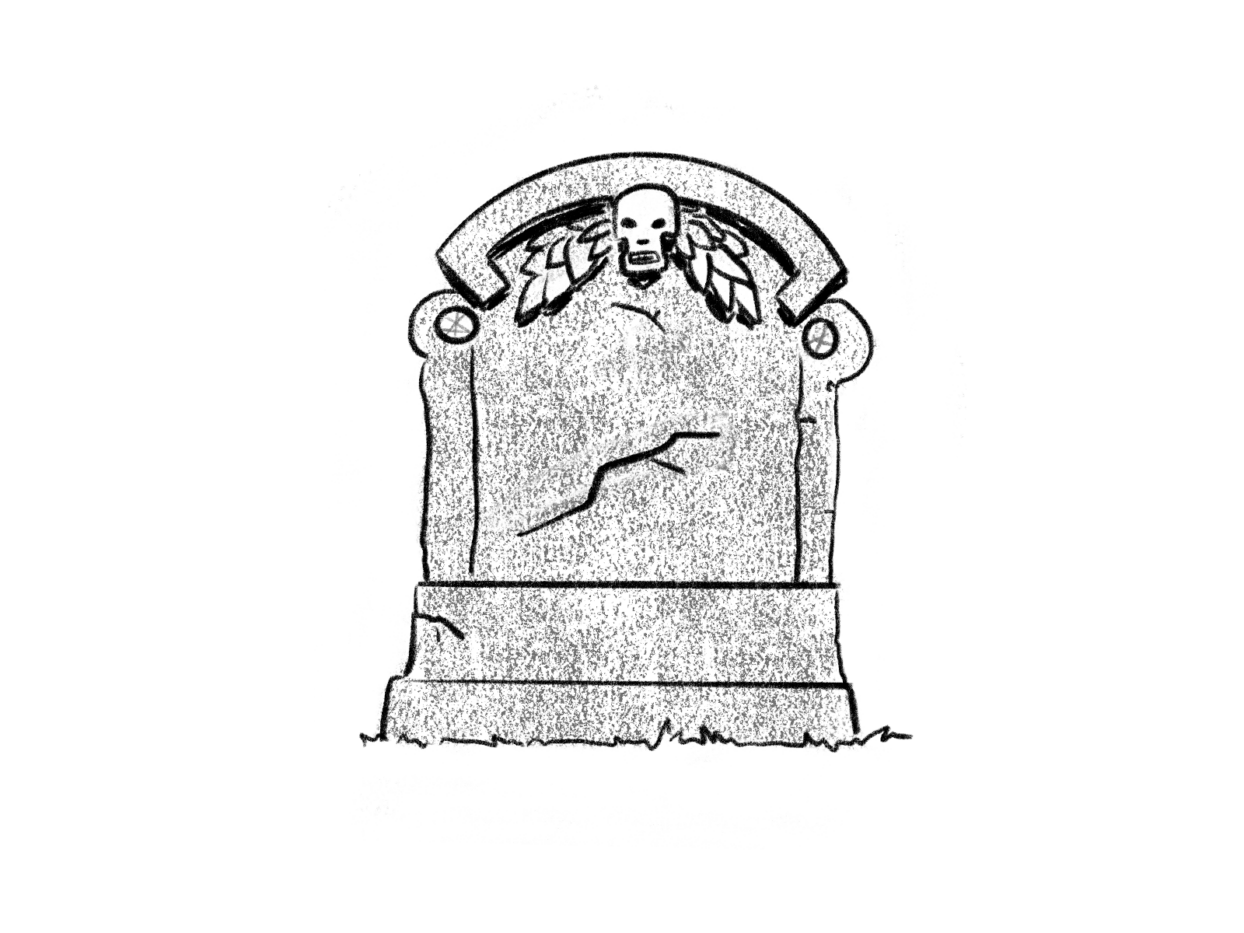
Image by Ivy Sanders Schneider

Image by Ivy Sanders Schneider
There are a couple of anecdotes that routinely come up in media coverage of Sequoia Capital, the V.C. firm now notorious for investing and then losing $150 million in the crypto exchange FTX. A recent one is Sequoia’s assurance that its partners had run a “rigorous diligence process” on the failed platform. Another is the fact that Sequoia deleted a fawning, 14,000-word profile of FTX’s founder, Sam Bankman-Fried, from its website shortly after his company imploded. A few years ago, there was the time two executives, trying to recruit their first female partner, showed up for a meeting dressed as Woody and Buzz Lightyear from Toy Story to invite her on their “new VENTURE.”
The most enduring story comes from the fall of 2008, when the firm called an emergency meeting with its portfolio companies. As the American economy found itself with an abundance of subprime mortgages and a dearth of gross domestic product, Sequoia summoned its fundees for a dire warning in the form of a PowerPoint. The firm’s partners presented 56 slides declaring that the recession would not be a “normal crisis.” This one would recall the dot-com burst, only it would be much worse and would take much longer to stabilize. They included several images to illustrate its severity. One featured a severed pig head with a knife stabbed into its neck. Most memorable was the cover — a cartoon tombstone that read “RIP GOOD TIMES.”
The PowerPoint story appears in corporate profiles and periodic news items, often to illustrate both Sequoia’s penchant for theatrics and its Cassandra-like powers to predict financial distress. It’s not that diagnosing a recession in October of 2008 was especially prescient; that was a meteorologist portending rain mid-typhoon. But Sequoia — variously called venture capital’s “gold standard,” “#1 firm,” and “LeBron James” — was greeted with a kind of reverence rarely found in America’s startup mecca. The firm’s track record of playing Nostradamus extends even earlier than the 2008 crash. The “RIP GOOD TIMES” presentation cited cautionary emails sent by Sequoia partners during the dot-com bubble in the early 2000s. The firm dubbed Covid the “Black Swan of 2020” almost a week before the virus closed down the NBA in mid-March of that year. Then, earlier this year, as the finance industry started to sweat over inflation and raised interest rates, Sequoia got back in the doomsday spirit, declaring the downturn a “Crucible Moment” that would require cost-cutting to avoid a “Death Spiral.”
In the past, Sequoia delivered its bleak predictions somewhat tongue in cheek. But its latest warning was humorless. Founders needed to “confront reality,” the firm wrote. Cheap capital was not “coming to the rescue.” While failure is built into any startup system, even V.C.’s most storied unicorns have been floundering under cumulative losses; at the same time, venture funds have only gotten larger, consolidating capital into “megafunds” and requiring higher returns to deliver the same margins. Typically, V.C. investments operate on a ten-year timeframe: invest early for equity, cash out after a decade. But Sequoia knows the V.C. culture it helped establish is dysfunctional; that’s at least partly why, in October 2021, the firm tried to break the mold. That month, Sequoia declared the standard approach “obsolete,” unveiling a new financing model simply called the “Sequoia Capital Fund.” This model would be “open-ended,” meaning Sequoia could hold its shares in companies “indefinitely” — a dramatic departure that seemed more Roth IRA than early gamble. An Axios headline at the time claimed, “Sequoia Capital just blew up the V.C. fund model.”
But the only thing that has blown up so far is the value of Sequoia’s major public holdings. The stocks of several of the company’s supposed unicorns — DoorDash, Airbnb, Unity, Zoom, Snowflake — plunged shortly after the new system was put in place. Over the past year, the pandemic tech boom crashed; startups enacted mass layoffs, killing over 150,000 jobs across 1,023 companies; V.C. funding fell over 50 percent from the summer prior; and crypto — where Sequoia funds have invested in at least 72 deals — continued to crater. By the time the FTX implosion rolled around, Sequoia’s $150 million write-off, a drop in its portfolio, wasn’t even its biggest problem. The more damning revelation was everything else: a culture that eschewed due diligence for charismatic whiz kids; a climate in which partners said things like “I LOVE THIS FOUNDER” and hired a journalist to publish the quotes on the firm’s own website, then erased them when said kid lost other people’s billions. As reporter Eric Newcomer put it in November, “Sequoia’s Bad Year Just Got Much Worse.” It’s not quite RIP GOOD TIMES, but it’s close.
Tarpley Hitt is a writer and an editor at The Drift. She is working on a book about Barbie.